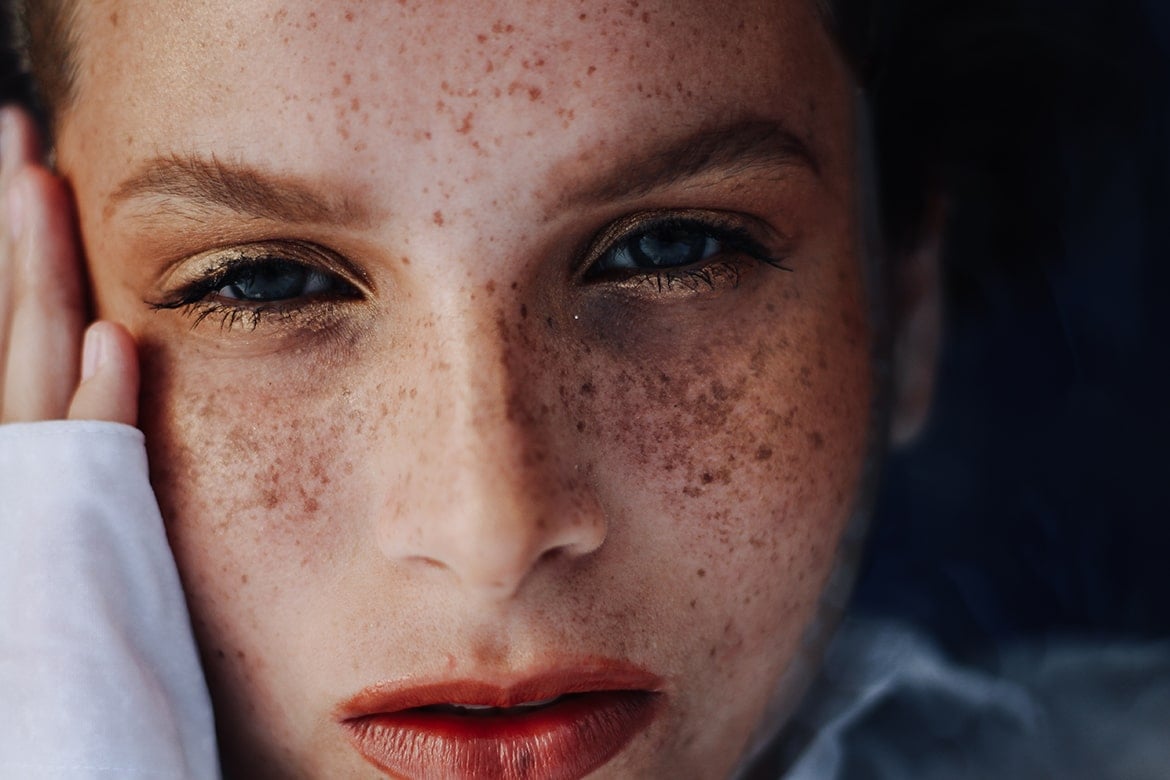
Hydroquinone VS Kojic Acid: which one should you use to treat dark spots?
You’ve heard that hydroquinone is the gold standard… and the devil. It fades dark spots faster than anything else on the market. But it’s so harsh. Drying. Irritating.Isn’t there something gentler?
Kojic Acid may be it. But… wouldn’t that work more slowly?
There’s always a trade off. That’s why you need to get clear on what’s most important to you (fast results? a gentler approach?) and which skin-lightener can give it to you.
Here’s everything you need to know about Hydroquinone vs Kojic Acid: which one should you choose to fade your dark spots?
What Is Hydroquinone?
Did you know that this “devil” is found in nature? Hydroquinone naturally occurs in fruits, coffee and even beer. It’s considered the gold standard at treating any kind of discolouration, from sun spots to melasma and even the dark patches pimples sometimes leave behind when they fade away.
HOW IT WORKS
Hydroquinone works in two ways: it inhibits the activity of tyrosinase (the enzyme that controls the synthesis of melanin) and increases the cytotoxicity of melanocytes (it kills the cells that produce melanin).
Studies show that hydroquinone works best when used with a retinoid and a corticosteroid. Why? Retinoid speeds up cellular turnover, removing the uppermost, most damaged, darker skin layers. Corticosteroids help reduce inflammation.
SIDE EFFECTS
Contrary to popular opinion, it DOESN’T cause cancer (phew!). But, it can irritate skin and, in rare cases, cause ochronosis (gives skin a bluish tint).
Ochronosis is more common in people with dark skin. But it doesn’t seem to be caused by hydroquinone alone (otherwise, everyone who uses it would get it). Using hydroquinone with resorcinol or without sunscreen seem to be the real triggers.
BEST PICKS
In 2020, the law changed and Hydroquinone became available by prescription only, usually in 4% concentrations. If you’re interested in using it, consult your dermatologist.
Related: Is Hydroquinone A Friend Or For For Skin?
Struggling to put together a skincare routine that minimises wrinkles, prevents premature aging, and gives your complexion a youthful glow? Download your FREE “Best Anti-Aging Skincare Routine” to get started (it features product recommendations + right application order):
What Is Kojic Acid?
A popular skin lightener, Kojic Acid is made by fungus during the fermentation process of rice in the manufacture of sake, the Japanese rice wine.
HOW IT WORKS
Kojic Acid inhibits the activity of tyrosinase, the enzyme that’s responsible for the production of melanin. In other words, it helps your skin to produce less melanin, so dark spots can fade away.
Kojic Acid goes the extra mile. According to a 2022 study published in The Journal of Clinical and Aesthetic Dermatology, Kojic Acid also has anti-inflammatory, photo-protective, and anti-bacterial properties.
SIDE EFFECTS
Skin tends to tolerate kojic acid better. It’s less irritating than hydroquinone, but can still cause irritations and allergies.
Best picks:
- Neostrata Dark Spot Corrector ($30.00): This dark spot corrector is loaded with skin-lightening ingredients, from Kojic Acid to Vitamin C and glycolic acid (more on them below). Available at Dermstore and Neostrata.
Hydroquinone Vs Kojic Acid: Which Is More Effective?
A 1996 study tested the efficacy of two similar formulations of glycolic acid/hydroquinone and glycolic acid/kojic acid for melasma.
Patients used the cream with hydroquinone on one side of the face and the creme with kojic acid on the other. The results?
- 51% of patients responded equally to hydroquinone and kojic acid
- 28% of patients saw a more dramatic reduction in pigment on the kojic acid side
- 21% had a more dramatic improvement with the hydroquinone cream
Said that, Hydroquinone was found to work faster than Kojic Acid.
Hydroquinone Vs Kojic Acid: Which One Should You Use?
I can’t give you a clear cut answer. As science pointed out, most people can use both. But others like hydroquinone better than kojic acid or vice versa.
The problem with skin is that it’s a living organ affected by so many different factors, like genetics, environment and life. Science can point you the way, but you still have to experiment to find out what works best for YOU.
Can You Use Hydroquinone And Kojic Acid Together?
But, science is clear on one thing: hydroquinone and kojic acid work best when used together. A 1999 study compared the efficacy of a cream with 10% glycolic acid and 2% hydroquinone on its own and with the addition of 2% kojic acid.
The first cream reduced melasma in 47.5% of the patients. But when kojic acid was added to the mix, the cream reduced the discolouration in 60% of patients.
The catch? Used together, hydroquinone and kojic acid are more irritating. But the redness and stinging usually disappears by the third week.
The Bottom Line
Both hydroquinone and kojic acid are effective at treating hyperpigmentation. They work even better when used together. I recommend you start with kojic acid because it’s a little gentler and, if that doesn’t work, move onto hydroquinone or a combo of them.







